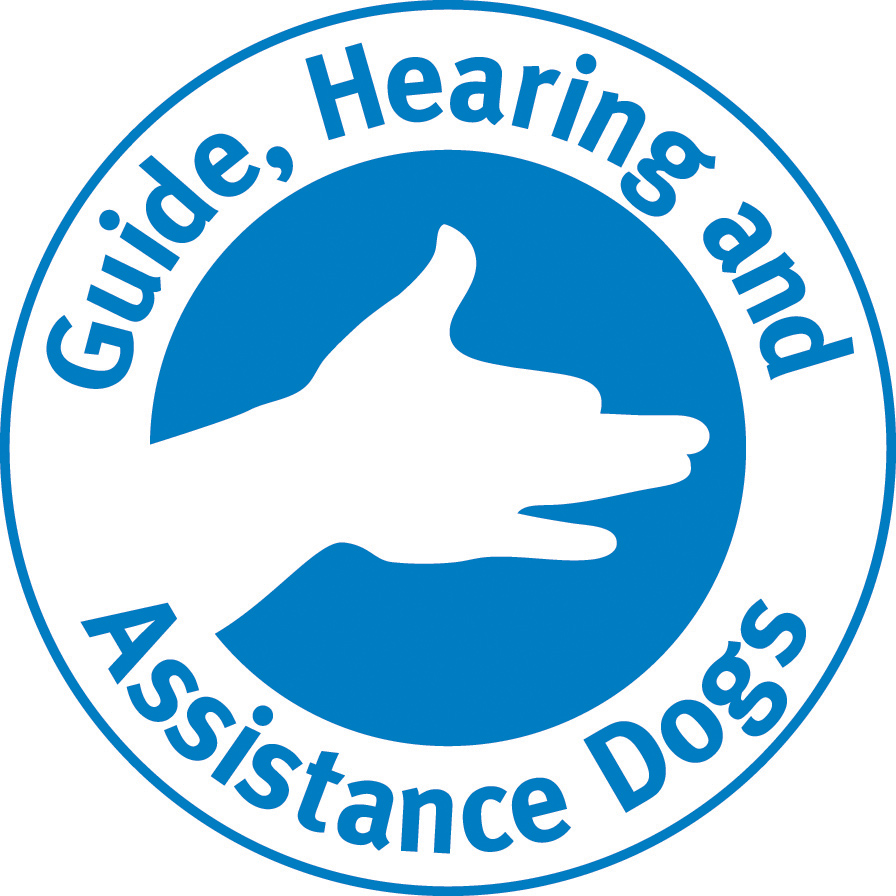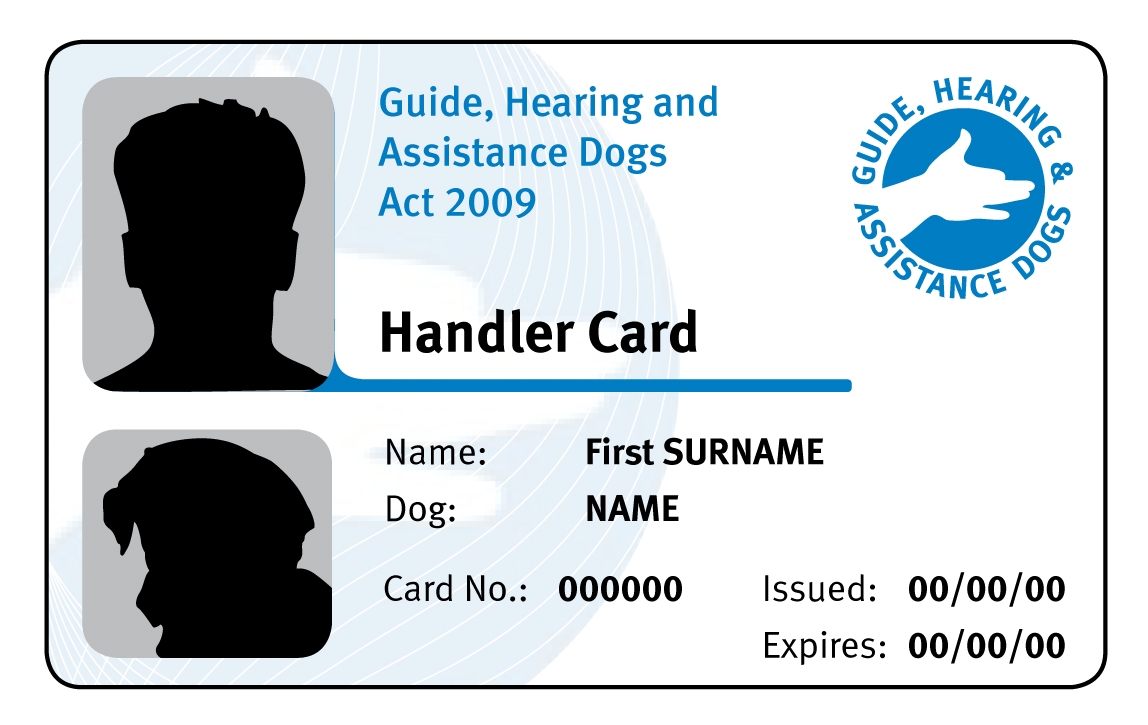Getting certified
Public access tests and certification
The Public Access Test (PAT) is one component of certification and establishes a minimum standard for guide, hearing and assistance dogs to be certified under the Guide, Hearing and Assistance Dogs Act 2009.
You must work with an approved trainer or training institution to train your dog, conduct the PAT with you and your dog and certify your dog.
This process ensures your dog is safe and effective in public place, public passenger vehicles and places of accommodation and that you (or your alternative handler if required) can physically control your dog.
Certified dogs must:
- perform identifiable physical tasks or behaviours to assist a person with disability in a way that reduces their need for support
- pass a PAT conducted by an approved trainer within 7 days before certification and prior to requesting a handler identity card
- not be a breed prohibited from importation into Australia under the Customs Act 1901 (Cwlth)
- be desexed and vaccinated
- not have been declared a dangerous dog under a local law.
Dogs must also undergo regular skill updating to ensure they stay safe and effective in public places and public passenger vehicles.
Identification
Once certified, you must ensure your dog has the guide, hearing and assistance dogs badge on their coat or harness and carry your handler identity card to gain access to public places.


Handlers of assistance animals that have not been trained by a certified institution under the Guide, Hearing and Assistance Dogs Act 2009 may have rights under the Disability Discrimination Act 1992. Visit the Attorney-General's Department for more information or if you would like to make a complaint, you can contact the Australian Human Rights Commission.


